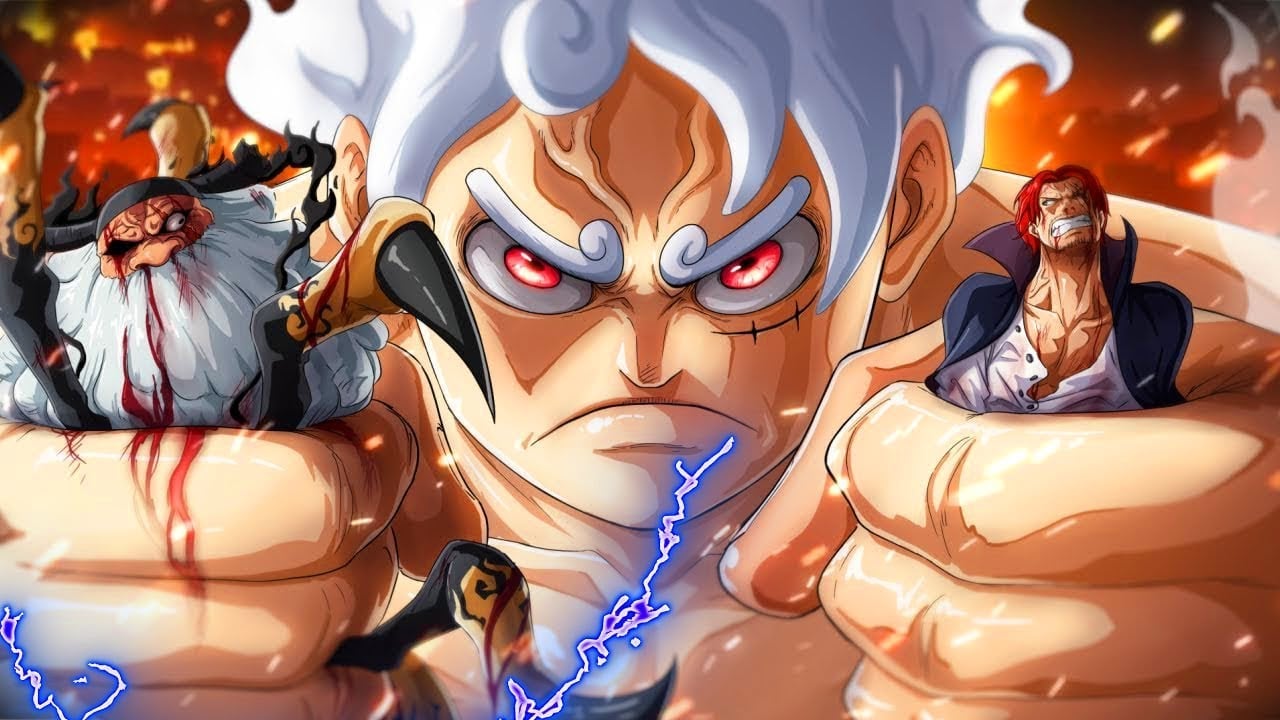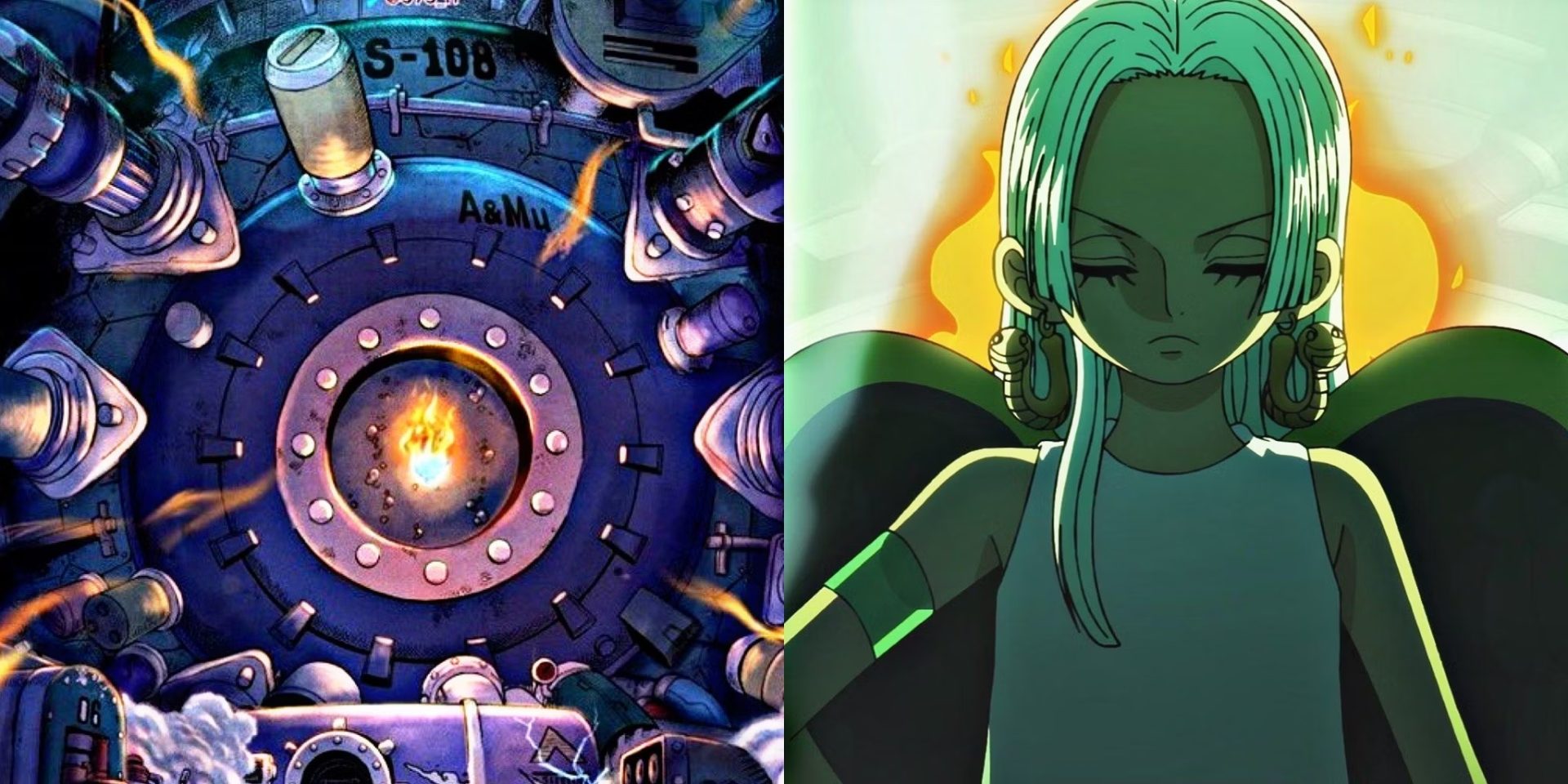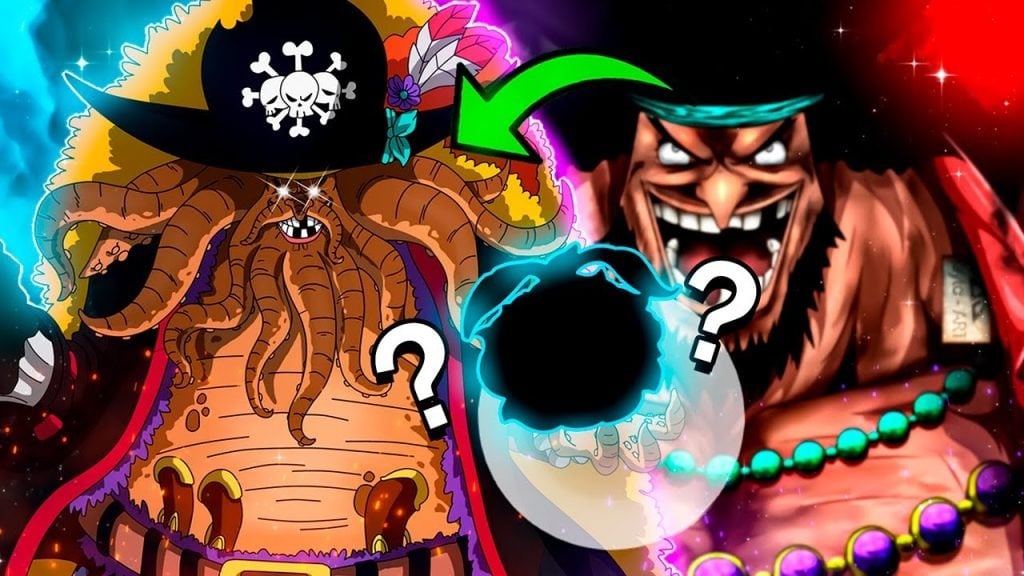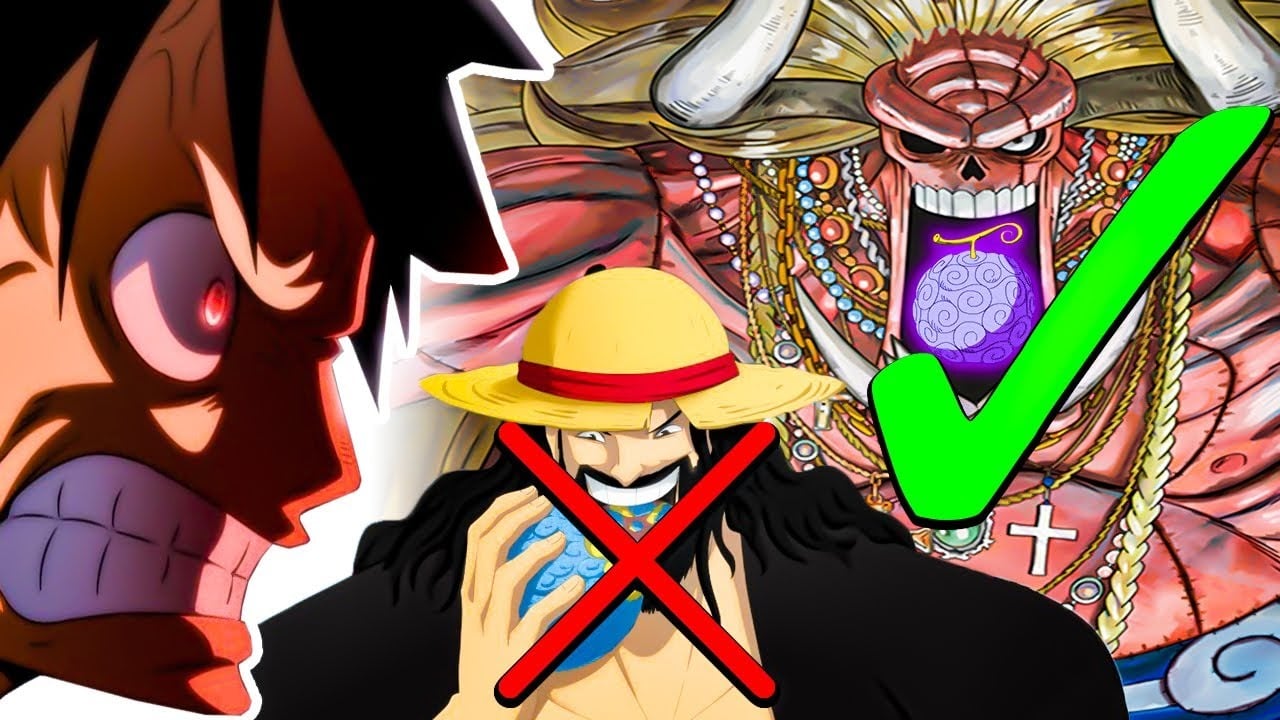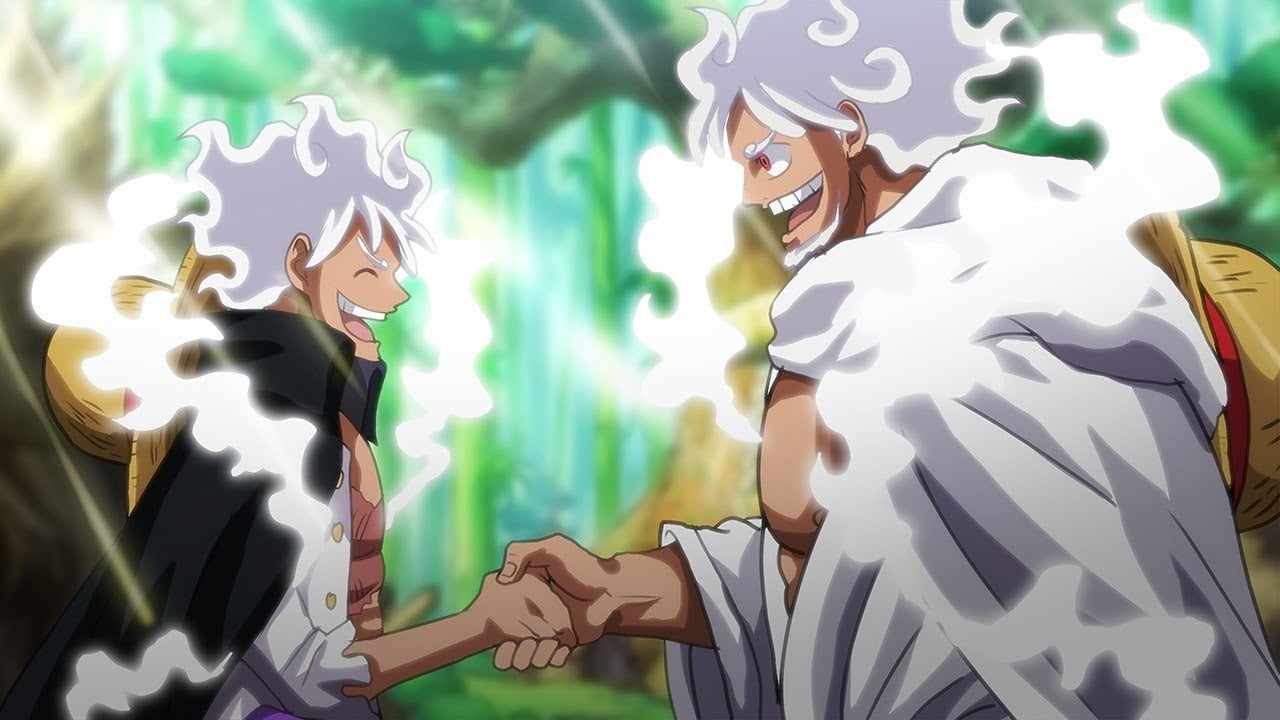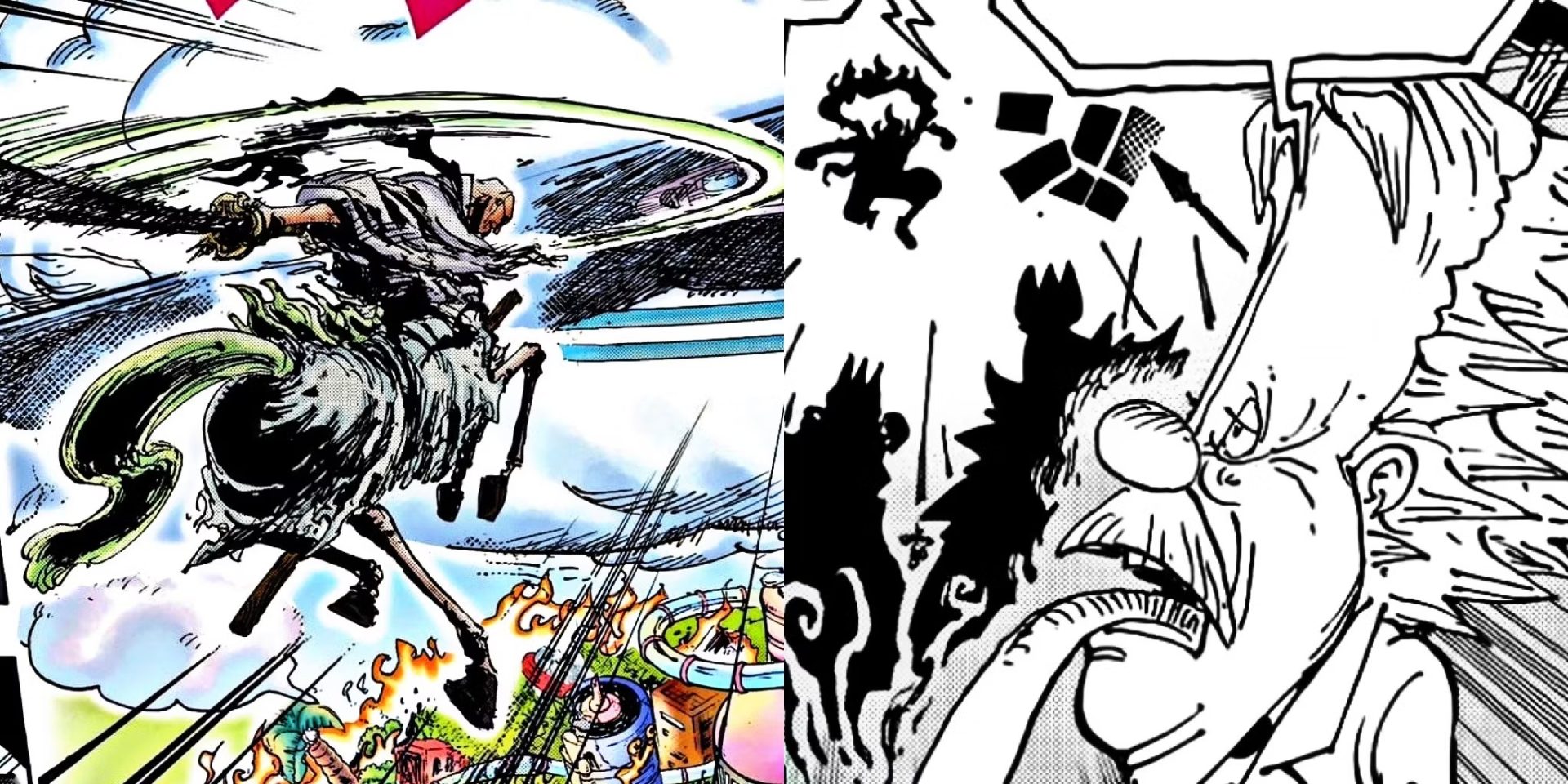One Piece’s original Seven Warlords all share one subtle but important connection, which implies their relationship with the World Government.

One Piece‘s Warlords of the Sea are a set of extremely powerful pirates that the Straw Hats encounter on the Grand Line, but a hidden clue hints at their true purpose. This isn’t the only time that mangaka Eiichiro Oda has hidden key elements of a character in a subtle clue. However, rarely does he classify a whole group of characters with one small detail, which is impressive even for him.
Before the time skip, the Warlords were some of One Piece‘s most powerful villains. In fact, Dracule Mihawk, the most dangerous swordsman in the world, was the Straw Hats’ first exposure to the power level they would encounter later on their journey. Another warlord Crocodile would then become the Straw Hats’ first major antagonist after East Blue. Another of the Warlords Gecko Moria would serve a similar role in the Thriller Bark arc, even if he was less impressive than Crocodile, upstaged by another Warlord Bartholomew Kuma in that same arc. The other Warlords would first serve as major characters in the Marineford arc and its lead-up, with the Warlords Donquixote Doflamingo and Boa Hancock working for the marines in the Summit War and the Warlord Jinbe rebelling against the Government to help Luffy. While each of these characters served different roles in the story, they all share one quality that hints at a clever commonality.
One Piece‘s Warlords Are All Named After Animals

All the warlords except Jinbe are named after an animal. These animals sometimes match up with their personality and abilities, such as Mihawk having hawklike eyes and Doflamingo being dressed like a flamingo, but they often don’t correlate with anything specific. That is fine, as this naming scheme represents their status as pawns of the World Government, being akin to mere animals in that organization’s eyes. This is likely why Jinbe doesn’t follow this naming scheme, as he doesn’t follow the World Government’s orders. This also tracks with how many of the Marine admirals are named, which reinforces their position as tools of the Navy.
Interestingly enough, while these animal names represent the Warlords’ obedience to the World Government, it also hints that they aren’t perfect tools. None of the animals that the Warlords are named after can actually be domesticated, meaning that the hold of the World Government on the Warlords isn’t perfect. Indeed, many of the Warlords end up acting in defiance to the Government, most notably Crocodile and Doflamingo. But unlike Jinbe, who flagrantly disregards the Government’s yoke, Crocodile and Doflamingo both rebel in secret, causing them to keep their animal monikers. And eventually the other Warlords also turn on the World Government after the Shichibukai are disbanded and replaced with One Piece’s even more powerful Seraphim.
With the Warlords no longer a thing, only their names serve to remind audiences that all the original Shichibukai used to be on the same side ostensibly. But while the meaning of their names is now less important, it still shows how intentional some of Oda’s names can be. This lesson can then be applied to the names of some of One Piece‘s more recent characters to generate even more theories about the roles those figures will play in the manga’s final saga.
